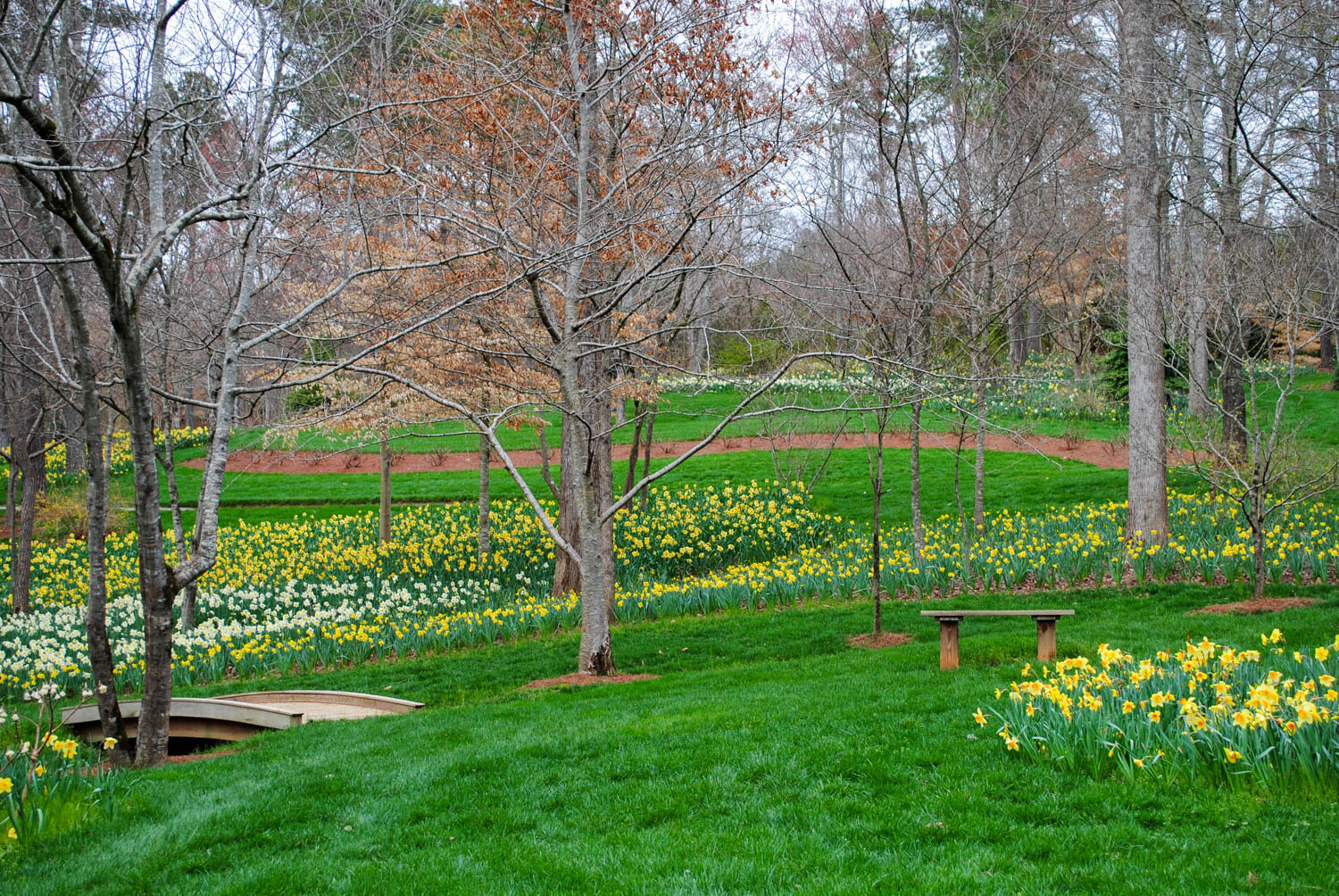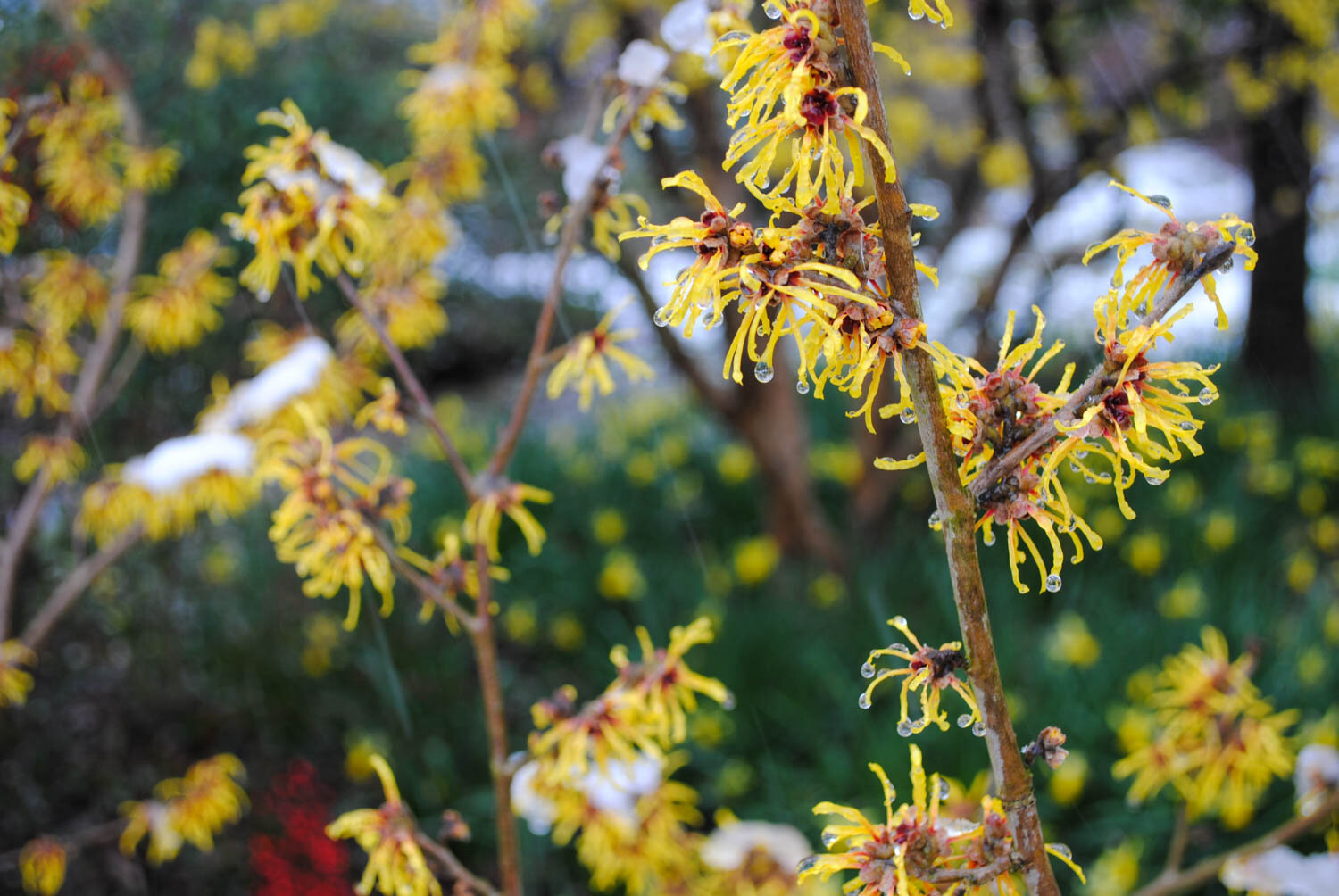At 7:24 AM on February 16, our thermometer here in east Texas read -6F. Back home in Tennessee, I’ve walked out in 0F when the moonlight made our snow covered fields glow as if it were day, I’ve flown into Boston to present in between two snowstorms that year the snow didn’t melt until July, and I even spoke the day after the frigid polar vortex descended on Chicago. But, this is the coldest temperature I’ve ever experienced in my life. It is also funny to note that this is the most southern place I’ve ever lived. We’ve had a winter trifecta hit us this week— 6 inches of snow Monday morning, followed by extreme record breaking cold Tuesday morning, and then an ice storm on Wednesday. At one point the whole state of Texas—all 254 counties—was under a winter storm warning.
We have been mostly fine through this insane weather event so far, and I appreciate the messages from readers and friends checking in on us. We had power on and off until Wednesday at noon went it went off and water until Thursday night due to the water company. My heart breaks, though, for those who have been through worse times this week (you can learn more about helping here and here).
But, who would have ever thought we would hit -6F? The airport registered -3F, so I believe my reading in our little valley homestead. The coldest I’ve measured here at the house before this week is 11F. It even drove Dark-eyed Juncos south to our feeder, my first observation of them here at our house.
These temperatures have made me think about plant hardiness. Hardiness is of course a measure of a plant’s survival based on the average annual extreme minimum temperature. Nacogdoches is located in USDA Hardiness Zone 8b, where on average our minimum winter temperature is 15 to 20F. Just after midnight on the 16th, we were at 0F, which means that for 7-to-8 hours we were basically USDA Hardiness Zone 6 (-10F to 0F), which occurs in the panhandle of Texas, the Kentucky/Ohio border, and on the coast of Maine.
It will be interesting to see what plants survive from this event. As horticulturists we are both horrified and intrigued by the question, “What survived?” These extreme weather events interacting with our plants are opportunities to learn what died and to celebrate what lived.
But, hardiness is not an absolute. It is just a measure that gives us some idea of how the cold can impact plant growth. Cold can affect a plant’s hardiness at three points during winter—an early freeze before the plant has acclimated to winter (17F in November that zapped my Magnolias and citrus a few years ago), an extreme winter temperature minimum (here’s looking at you -6F), or a late freeze that may kill a plant after it has resumed growth, whether that be after the frost free date (like the 2007 April freeze) OR after an extreme warming even in winter.
As we go forward into the next few weeks and months here in the deep south, we will see plants die, especially broad leaf evergreens and tropicals, and some plants live. In some cases the living and the dead may be right next to each other or a short distance away. So, we have to remember that hardiness is a combination of so many factors. Sitting in front of the fire this week scribbling notes down for my weekly blog post, I reviewed the lecture “Untangling the Hardiness Question: What is Hardy and Why?” by Dr. J.C. Raulston included in Bobby Ward’s biography of this incredible horticulturist, Chlorophyll in His Veins. Raulston went through a whole gamut in this lecture he once gave to the North American Rock Garden Society in Seattle, WA in 1995. I wanted to briefly list the factors he discussed below.
Cold — Gardeners quickly connect cold weather with seeing plants die. Raulston noted that using minimum averages is a complex attempt to simplify the effects of cold on plants. One of my favorite quotes he said was, “I can go into the kitchen and put one hand on a gas flame and the other in the freezer and on average I am very comfortable, but you have problems when you hit those two extremes.” Even the type of cold that manifests matters. For example, convective cold usually occurs because a cold front moves into a region. However, radiative cooling is where heat is lost to the atmosphere on cool nights. The example for radiative cooling that Raulston gave is it may be 38F on the thermometer, but the leaf is 28F. We see this in fall on tomatoes on cool mornings.
Provenance — Where plants or clones of a particular species originated could have resulted in accumulation of traits that increase (or decrease) survival, just because they are growing in Texas instead of Michigan. They are still the same species, but they have adapted in those areas to the conditions they endure. That is often why growers like to get genetics from nearby or a particular part of the country to grow. But, some species may be hardier than the zone in which they grow. Raulston mentions Magnolia ashei as a great example. This native is found in the panhandle of Florida, but the species is hardy in Chicago. Likely, it is a relic from the last ice age that was pushed south and not able to advance back north.
Population variation — Even within a population of plants from a single cross between two parents, there may be a wide array of different cold tolerances in individuals.
Cellular location of freezing — Does freezing occur in the cell? Then, that cell ruptures and death is likely. Does freezing occur in the cell wall? Then, the cell is probably fine, and the tissue will likely live.
Microclimates — Buildings, stones, pavement, windbreaks, and water may all moderate local temperatures and create microclimates, whether they be warmer or cooler. Until this freeze, we still had ‘Pele’s Smoke’ sugarcane overwintering near our campus greenhouse and starting to put up new growth, and yet it is only hardy in zone 9 and south.
Snow protection — Snow may protect the bottom of plants, but kill the top. Honestly, I’m hoping for this effect on a number of my plants at home. I noticed our rosemary this morning starting to turn black, but near the base were some hints of green.
Root hardiness — Can the roots survive the cold spell, even if the top of a plant dies? We really see this difference with plants that are in pots versus in the ground. I moved my container woodies that I haven’t gotten into the ground yet into the garage to protect them. And, I’m hoping that some of my tender perennials make it through because their tops were not exposed (and, their roots were covered with 6 inches of snow!).
Chilling requirement met — Many woodies have to experience chilling hours to be able to flower, and websites log the hours for different regions. If they have met their requirement, then the cold may damage buds. And, if not, then the plants should be ok. I’m hoping that my peach buds were still tight enough to survive the cold. Time will tell.
Nutrition — Many experts recommend to stop fertilizing perennials and woodies in late summer and early fall to help them survive. Raulston talked about in this lecture about an experiment where azaleas that were fed all the way up until frost didn’t survive. The plants kept growing actively and didn’t have a chance to shut down. The experimental control azaleas that didn’t get fertilizer at the end of the growing season overwintered just fine.
Active growth — Is the plant growing? Many plants acclimate based on photoperiod, temperature, or some combination of both. The lack of appropriate acclimating could result in death. Raulston noted that a plant could survive in Siberia at -75F but in active growth die at 25F.
Summer heat — Some plants like Cercis canadensis var. texensis need summer heat to be able to overwinter well. He mentions how if you grow this in a hot summer, it’s hardy to zone 6, but if grown in the Pacific Northwest, it may only be hard to Zone 8. For other plants, the summer heat drains their sugar load so that they don’t have enough carbohydrates to overwinter.
Scorch — Scorch occurs when the plant is cold but the sun is shining, and water loss from the leaf is high. I’ve even heard Eliot Coleman say that he thinks that scorch and wind desiccation of plants hurts some winter edibles more than the cold.
So, yes, plants are going to die or be damaged from this extreme cold event, but keep in mind that many of the above factors could nudge them towards death or pull them towards life.
The other question is where do we go from here? How do we respond in our planting to such an event? In Raulston’s talk, he stated that as horticulturists we accept risks, and sometimes we even dare to grow the impossible for pride and glory. He also stated that what would help us assess hardiness would be to have cold measured on a scale of x-year freezes like we have x-year floods. Raulston talked of a 250-year freeze in his lecture when parts of North Carolina dropped to -10F. That way, we can decide whether we want to use certain plants. And, perhaps this risk can be determined when designing or planting by moving up or down a hardiness zone. That way we have stalwarts that can take anything and less reliable plants that are garnishes in a planting with the understanding that we could loose them in a bad year.
So, maybe -6F is a 250 year freeze? Nearby Tyler, TX set an all time low record of -6F, and records date back 138 years to 1883. But, we also have to ask the question was this event a one off or are more events like this coming due to a changing climate? The science isn’t so clear, but a warming arctic could destabilize the cold air at the North Pole and result in more cold entering the United States. On this matter, too, time will tell.
As someone who loves cold, snow, and winter, I am ready for warmer days. It will be interesting to see now what the next flowering plant will be. Much of the Narcissus and Magnolias are zapped. But, the march to spring continues even with this rough week. The temperature will be 60F on Sunday. Which, if we still don’t have power, will be warmer than our house!












































































































































